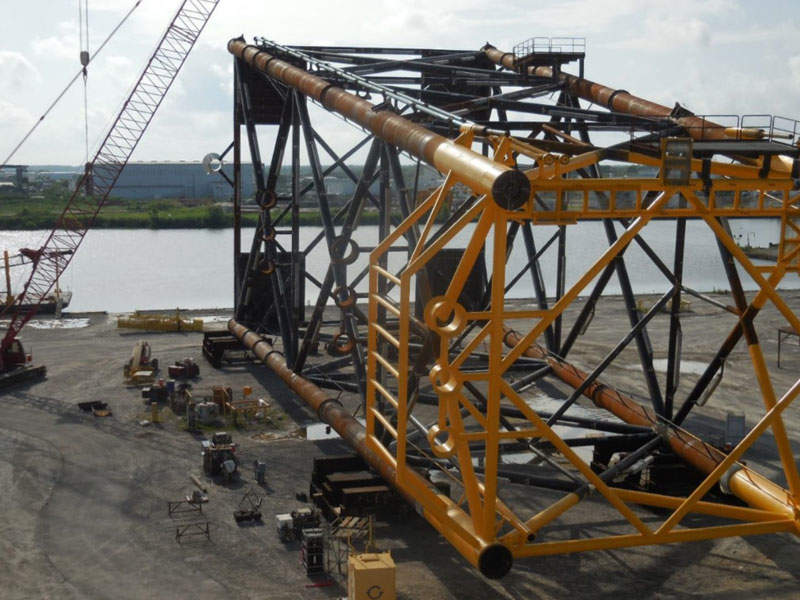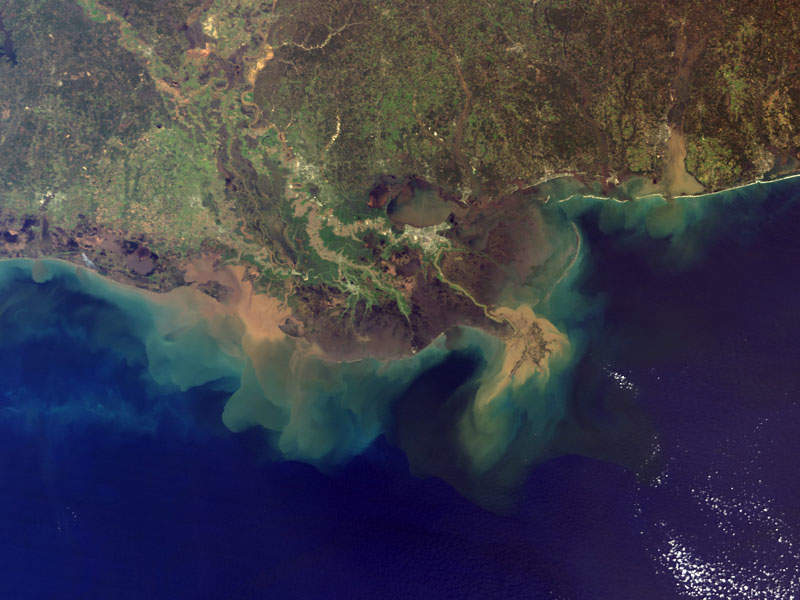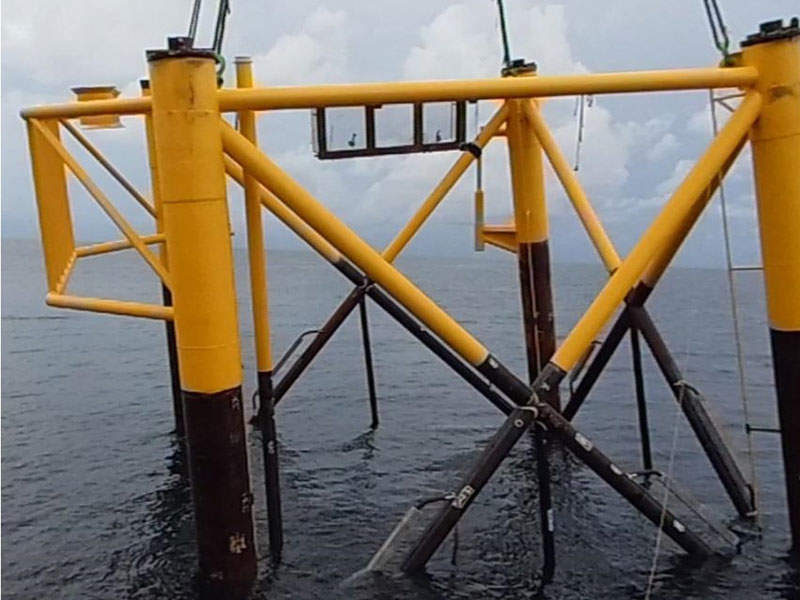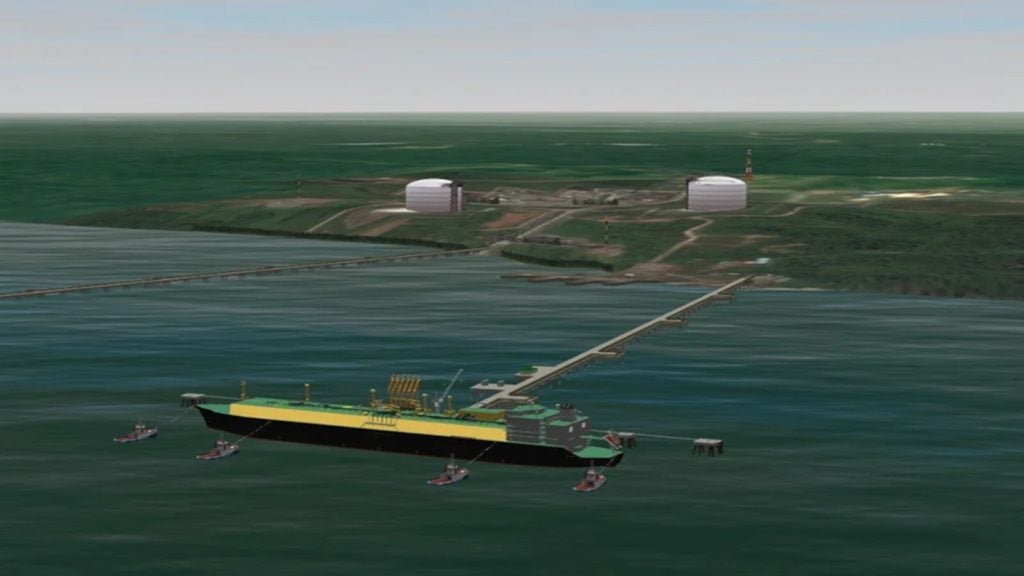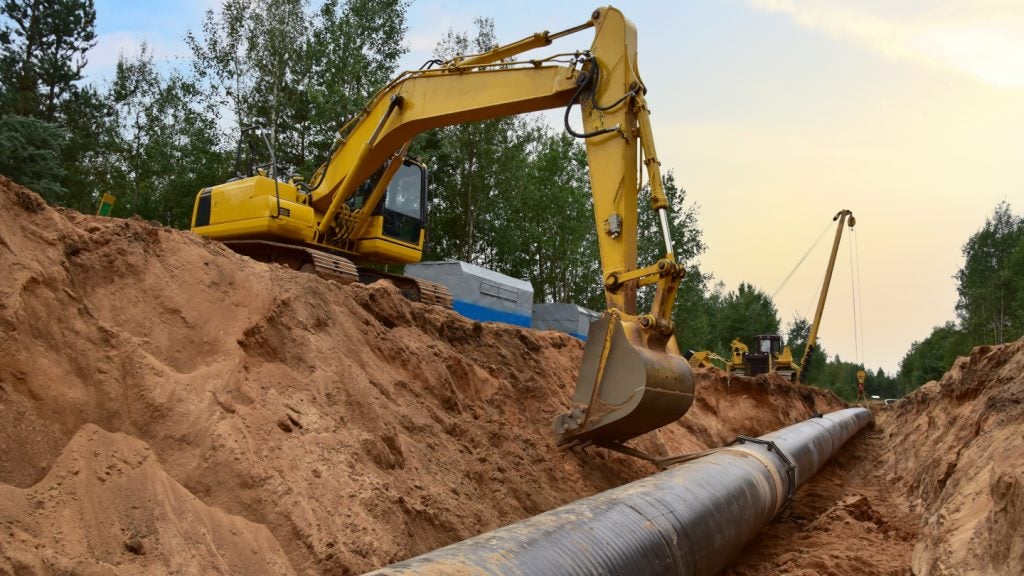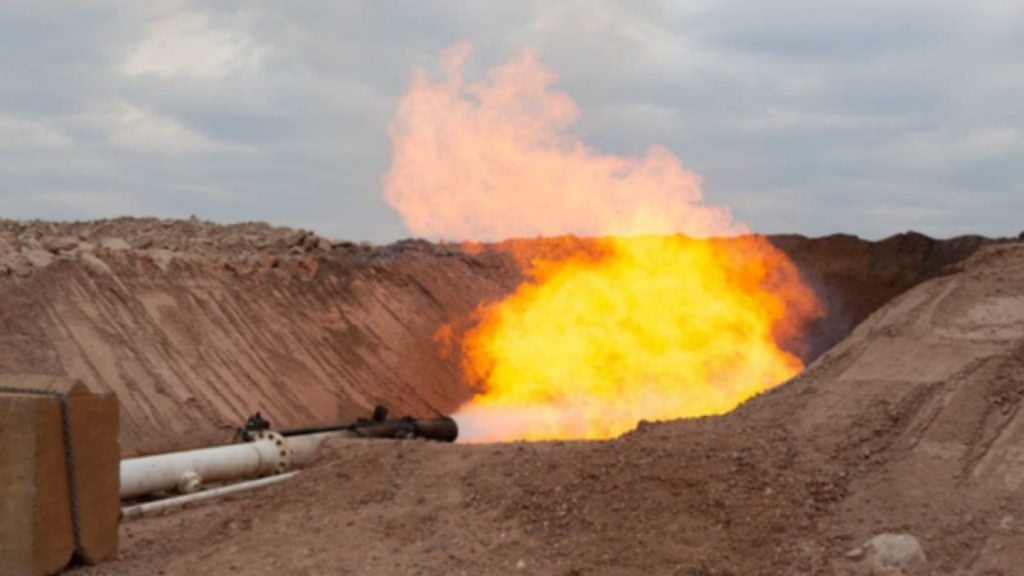
The Hummer development project lies in the three outer continental shelf lease blocks Main Pass 270 / 273 / 274 of the Gulf of Mexico, approximately 80km south-east of the Mississippi river delta.
The gas and condensate field lies in a water depth of 215ft (65m) and was originally discovered in 2015.
It is jointly owned by Petsec Energy (12.5%) and other private investors (87.5%), including Castex Offshore, which is serving as the operator of the project.
First production from the field was achieved in November 2017.
Hummer field geology and reserves
The Hummer field reservoir is an up-thrown fault closure containing Big Hum and Cris I sand sections of the Middle Miocene age.
The field is estimated to contain gross mean reserves of 59 billion cubic feet of gas and 1.2 million barrels of condensate.
Its upside reserve potential is estimated to be 183 billion cubic feet of gas and 3.7 million barrels of condensate.
Exploration and appraisal of Hummer
The field was discovered with the drilling of an exploration well in the Main Pass 270 block between June and December 2015.
The well was drilled to a depth of 4,812m by the Ensco 87 jack-up drilling rig and encountered 129ft of oil and gas pay. It was then cased and the mud line was suspended.
Field development and infrastructure
The Hummer field was developed through a four pile platform jacket, Main Pass 270 B. The B platform was installed in water depths of 215ft and includes three slots. Its initial design capacity is 50 million cubic feet of gas per day (MMcfd) and 1,000 barrels of oil per day (bopd).
The B platform also offers additional space to accommodate increased production from the future wells.
The platform was installed in September 2016. The Ensco 87 jack-up drilling rig subsequently arrived on location in November 2016 to tie back the discovery well to the platform. The well was then completed and tested for a 48-hour flow-back period.
It flowed at a rate of 19.88MMcfd and 396 barrels of condensate a day with no formation water. Results from various tests conducted on the discovery well helped in the design and engineering of the platform topsides, flowlines and pipelines.
Well logs indicated the presence of additional reserves, which required further drilling and tests. Additional appraisal drilling will be undertaken in future to test the Cris I sand sections for potential oil.
Production initially commenced from the Big Hum sand sections. A total of three to nine development wells are planned to be drilled during 2017-2019.
Ensco 87 jack-up drilling rig details
Ensco 87 is a self-elevated MODU jack-up drilling rig that was built in 1982. It is 243ft in length, 200ft in breadth, and can operate in water depths between 22ft and 350ft.
The rig features a variety of drilling equipment, including a National derrick rig measuring 160ft by 30ft by 30ft. It is also equipped with National E-3000 drawworks, a National C-375 rotary table and a Varco TDS-8 top drive.
The rig’s hoisting system can handle a maximum of 750 short tonnes (sT). It is also equipped with three National 12-P-160 triplex mud pumps and a Marathon Le Tourneau AC electric jacking system.
One Marathon LeTourneau PCM 120 AS electric crane with a lifting capacity of 50sT and two Marathon LeTourneau PCM 120 AS electric cranes with lifting capacities of 45sT each are also installed on-board the rig.
The rig’s storage capacities include 7,531 barrels of fuel oil, 9,727 barrels of drill water and 1,689 barrels of liquid mud.

